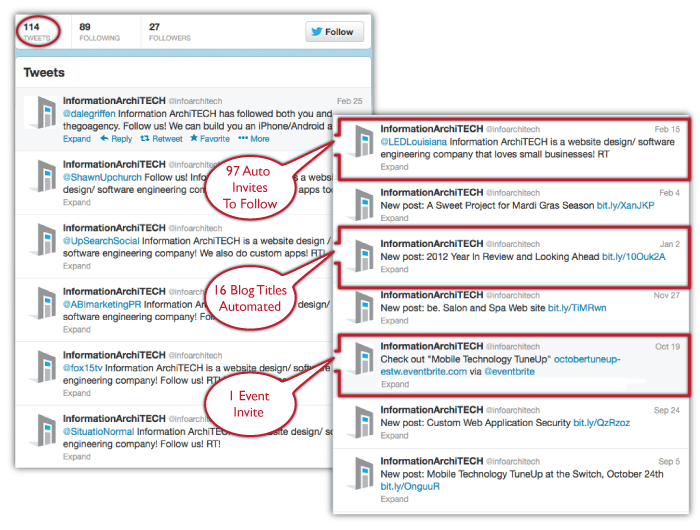
Shameless self-promotion is what gives network marketers a bad name. You know the ones I'm talking about. It's the neighbors that are always talking about the next get-rich scheme or the new business opportunity.
You see the same thing in certain people in your circle of friends. They are always talking about what they are up to. They are always pointing out the cool things their kids do or talking about how great they look. They are the ones that are always giving advice but never want to hear what you have to say.
You see this behavior in subtle ways, too. Sometimes it's as simple as too many selfies on their Facebook page.
It's a fine line we walk. We have a natural need to be noticed. We want what's important to us to be noticed by others. In business, we have a message that we want to get out and so we decide to start telling people. When people don't notice, we start to speak a little louder. We start to speak a little more often.
Then, along comes social media. It's seems so easy to start telling more people. We talk about the great things we are doing. Then, before you know you, you've crossed the line from informing others about what you are doing to spewing forth shameless self-promotion. We become more and more noisy. We send people notes that say, "Please repost." We have a need to say the same things over and over again like the dog at the side of the table that jump up and down over and over again until you finally pet him.
One of the biggest challenges with social media, especially when it comes to business, is that we tend to forget there is actually a real person on the other end. We begin to desensitize ourselves to the fact that we are not simply writing in a journal that gets hidden under the mattress.
As a result of the physical separation from the reality of real life, we have a tendency to share too much. We have a tendency to become a bit too braggadocios.
I say we, but I'm really talking about those that have that propensity in real life. Just like alcohol accentuates who we really are when we get drunk by removing inhibitions, social media does that for us online. The ease of posting and the immediacy of the response cause us to forget all reason. We get some idea in our head and have to post it.
Take a long hard look at your social media presence and do your best to look at it from an outside perspective. Look at how many posts you are talking about yourself versus talking about and to other people (in a positive way). If you find yourself talking about you and not giving truly valuable information then you need to reconsider what you are doing.
Now, there is a legal component sometimes in all this. In some industries, such as finance, you'll be limited by the lawyers who simply don't understand the way life works. That forces your hand a little bit. That can be a very good thing.
The goal is to get others to write more about you than you write about you. You might have to recruit some of your friends or those in your networking group. Ask them privately to share your message with their networks. You will instantly have more credibility. You'll curtail the unnecessary self-promotion and you'll get further ahead.
Oh, if you are awesome, people will naturally want to promote you. If you don't care about other people or simply suck, you'll need to fix that first.
If you are awesome and surround yourself with people who are awesome, you'll never have to promote yourself. They'll do it for you. You might have to plant a few seeds but it will happen.







 Twitter started as a social network with the intention of just saying what you are doing right now. In fact, like Facebook, it's intent was to have your username as the subject of a sentence. You might still see people with this old school approach to tweets or status updates like:
Twitter started as a social network with the intention of just saying what you are doing right now. In fact, like Facebook, it's intent was to have your username as the subject of a sentence. You might still see people with this old school approach to tweets or status updates like:  Facebook users tend to be a bit more long-winded than Twitter users. This is not saying anything bad about Facebook users but they have the space to opine and therefore they do.
Facebook users tend to be a bit more long-winded than Twitter users. This is not saying anything bad about Facebook users but they have the space to opine and therefore they do. LinkedIn is the least social of these three social networks. LinkedIn has come a long way with their groups feature but it's still a bit complicated to track certain users. Part of that is because when it was originally built it was more of a giant Rolodex online and now has incorporated many of the successful elements from other social networks.
LinkedIn is the least social of these three social networks. LinkedIn has come a long way with their groups feature but it's still a bit complicated to track certain users. Part of that is because when it was originally built it was more of a giant Rolodex online and now has incorporated many of the successful elements from other social networks.





